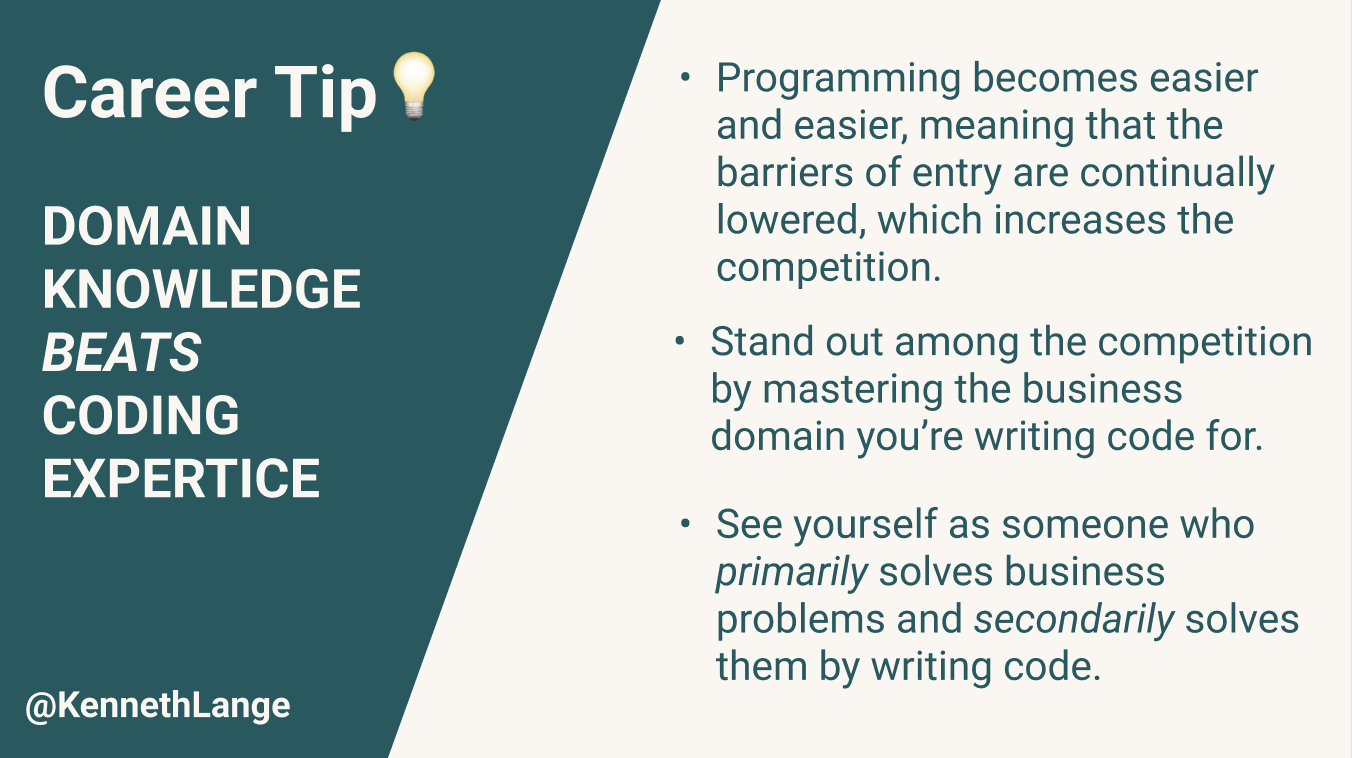
9 Tips for Effective One-on-Ones
The purpose of a one-on-one meeting is to listen to what your people has to say.
In this way, you can learn about potential issues before they turn into serious problems.
Your managerial reward of effective one-on-ones is a lack of drama in your team, which enables your people to spend their time on doing great work!
So how do you do effective one-on-ones? Here are 9 tips to get you started.
1. Be consistent and never-ever cancel it
You should schedule one-on-one meetings as a reoccurring event in your calendar. The meeting should be 30-60 minutes. You should schedule it for every week, but if you have more than 6 employees then consider scheduling it biweekly due to the time involved.
You should never-ever cancel it, as that will basically communicate that your people are not that important to you.
If you keep it consistent your people will know that this is the time to discuss issues. This will make your schedule more predictable as you are less likely to be interrupted at other times if your people know that there’s a one-on-one where they can bring up their concerns.
2. Start with “How are you?”
Michael Lopp, a veteran software engineering manager, writes in The Update, The Vent, The Disaster that you start the one-on-one meeting with a simple, “How are you?”
It’s a soft opener, but the idea is that whatever the reply, you can learn something useful and take the conversation from there.
3. Listen, Listen and Listen Some More
The one-on-one should be a bottom-up meeting where your people share information with you, rather than a top-down where you are pushing information down their throats!
While most managers are extremely busy, and honestly don’t want to hear about more problems, which will only make them more busy and perhaps even shake the boat! But the hard truth is that the earlier a problem is detected, analyzed and dealt with, the cheaper it will be to solve. And all practical experience shows that ignoring problems will (unfortunately!) not make them disappear.
4. It Ain’t a Status update!
The one-on-one is not for operational stuff. There are project meetings and stand-up meetings for handling the daily status of tasks.
One-on-ones are for strategic stuff; like, looking into how we are doing stuff and how we can do it better.
If your employee starts to go through status, interrupt after some 5 minutes and say, ”It sounds like you got the project/task under control, but how about the [insert strategic activity] that we talked about earlier?”
5. Ask Powerful Questions
Sometimes it can be difficult to get the conversations rolling. For example, when you have new people, or very quiet people, or people who have had a poor manager in the past.
So to get the talking started it always help to have some powerful questions prepared. For example:
- What excites you at work?
- Do you have ideas for how we can do things better?
- Where is your job satisfaction on a scale 1-10? Follow-up with: What would it take to make it a 10?
- Do you have ideas for the next release of our product?
- How’s the family?
A one-on-one is also an excellent opportunity to debrief recent work. For example, to discuss what went well, what didn’t went well, and what are the lessons learned for next time.
6. Ask for Gossip (really!)
It’s always good to ask for gossip. Especially, if there has been a recent re-org or any other major event.
Ask your people about their opinion about the event, rather than starting with your own opinion. Then, afterwards, you can always come with your interpretation of the event and explain how it fits into the big picture.
7. Follow-up (action speaks louder than words!)
If there are any actions coming out of the meeting, be sure to follow-up and execute them.
If actions are agreed and nothing ever happens with them, it will destroy trust in the relationship.
Be the manager who shows that good ideas are acted upon. Show with your actions that what’s being said in a one-on-one is important to you. Build trustworthiness through your actions.
8. A Dedicated Day for One-on-Ones
Software development manager and blogger Ed Gibbs writes in One-on-Ones in a Single Day that he prefers to have all his one-on-ones in a single day (Wednesday).
The benefits are that it’s easier to defend a full day (than large chunks of time throughout the week), it frees large chunks of time on the other days for other activities, you are better prepared for the one-on-ones, and it gives you a better sense of how the whole team is doing.
9. Try a Different Location
Executive coach Beth Miller recommends in Revamp Your Approach to Monthly One-to-One Meetings that you sometimes move away from the office to shake up the one-on-one, add a more casual theme to it and get to know your people on a different level.
For example, by going out for lunch or by going for a walk outside, which was a favorite of Steve Jobs.
At the end of the day, a one-on-one is an opportunity for your people to share their ideas, concerns and need for personal development. Your task as a manager is to ask good questions, listen to what is being said, provide sensible feedback, and follow-up constructively.
Some managers will undoubtedly read this and think that it sounds like a humongous time stealer from another dimension! But they must remember that their job is management and that one-on-ones are one of the most effective management tools out there.
In the words of Johanna Rothman, a bestselling author of software management books, “Managers who use one-on-one meetings consistently find them one of the most effective and productive uses of their management time.”

